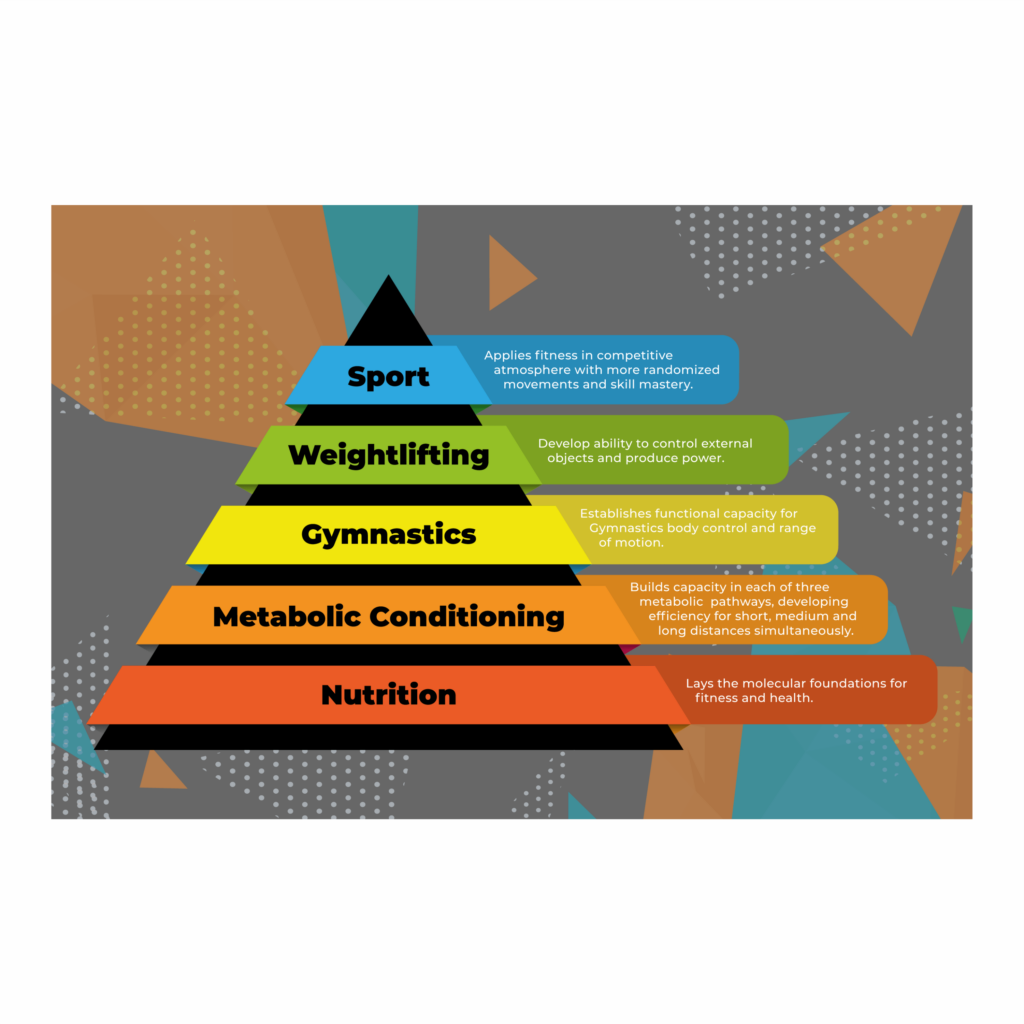And the argument against it
When it comes to youth sports (and sports in general) there’s a lot of programs, coaches and camps offering to boost performance with training catered to the needs of specific sports. While it may help a little, it’s certainly not the best option.
Here’s why;
With sports in general there are foundational movements that create a solid base upon which great athletes are built. In most cases an athlete who performs at a very high level in one sport will easily be able to perform well in various other sports or activities too. You know, the people who make you say: “of course, they’re good at everything”.
Athletes who develop good kinesthetic awareness through compound, synergistic movements at a young age are easily able apply these principles to a variety of other things. It could be another sport or it could be a recreational activity, chore or daily task. Adults too can develop these skills at any age. It’s never too late to improve performance in sport, recreation and life.
The needs of elite athletes and grandparents differ by intensity, not kind.
– Greg Glassman
Grandma needs to squat her bodyweight to use the toilet and a college football player needs to squat 500 pounds to improve performance – but they both need to squat, and do it correctly.
So what does this have to do with sport specific training?
All too often I see coaches running strength programs where the athletes mimic throwing motions with weight, or mimic a bat or golf club swing with resistance.
These exercises do not develop foundational strength upon which specific skill can be built, rather promote overuse, imbalance and weakness in many other important areas.
Hinging, squatting, pressing, jumping, pushing, pulling, climbing and running are all ignored while repeating the same sport specific movements over and over.
This is why team coaches should rely on strength and conditioning coaches for training off the field.
An athlete who can’t squat or hinge (deadlift) will not perform as well on the field and will inevitably develop back and knee issues from tight, weak hips and lack of midline stability. All the russian twists and weighted swings in the world won’t fix this.
An athlete who can’t perform a clean or a snatch will have a harder time developing efficient core to extremity movements such as throwing, swinging, jumping or sprinting. Timing and coordination should be developed through strength training and applied in sport and specific practice. These can also be applied in real life scenarios for people of any age. Picking up a child, carrying a grocery bag up stairs, moving a couch or tossing a set of keys to someone.
If someone really want’s to excel at a sport they must be a great athlete before becoming an elite player.
If you or someone you know are interested in improving performance in a sport, enjoying more recreational activities without fear of injury or simply getting healthier send us a message or stop in and try a class for free!

